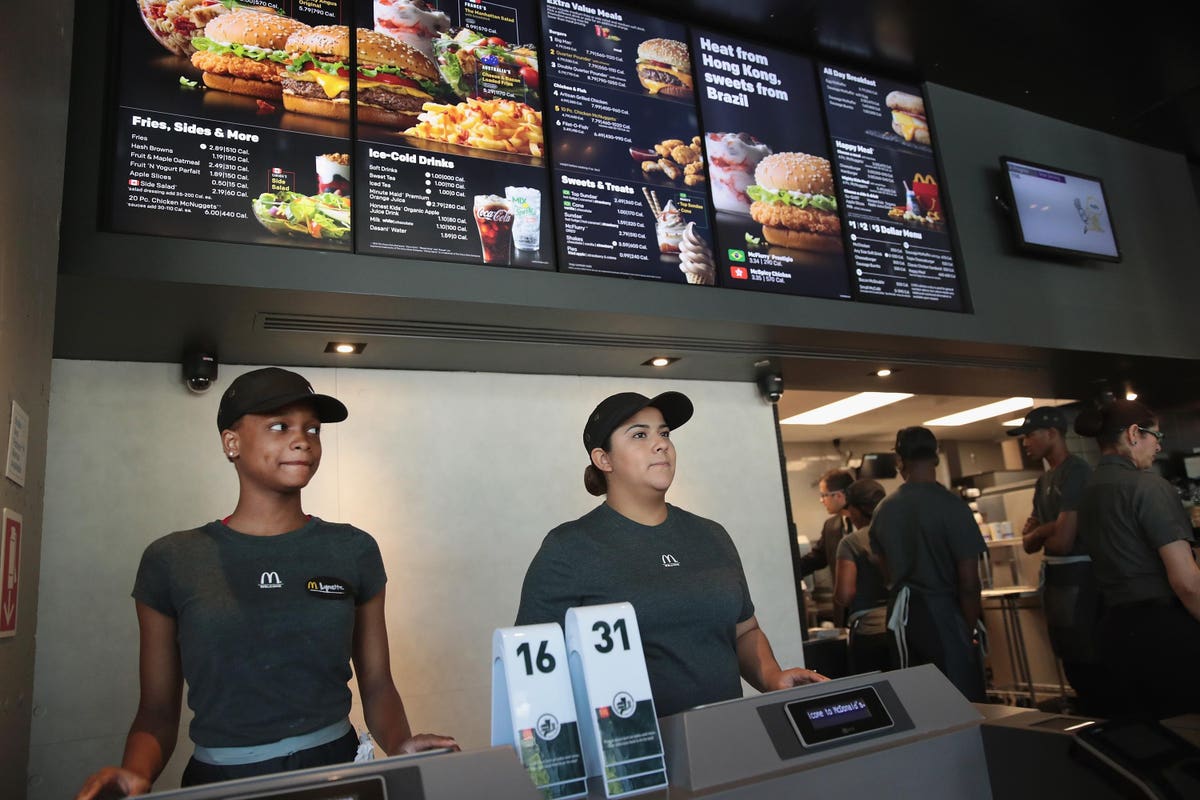In the fast-paced and ever-changing environment of the restaurant industry, efficient labor management is crucial for success. Ensuring optimal utilization of human resources while maintaining productivity and minimizing costs is a challenging yet essential task for restaurant owners and managers. Undoubtedly, labor cost is one of the most significant expenses for restaurants, accounting for a substantial portion of their overall budget. Properly managing labor can enhance operational efficiency, reduce waste, and ultimately improve the bottom line. To achieve these goals, restaurant owners and managers must adopt effective labor control strategies. This article explores techniques and best practices for controlling restaurant labor, drawing on research and industry insights to provide actionable solutions.
1. Workforce Planning and Scheduling:
Proper workforce planning and scheduling are fundamental to labor control in restaurants. Managers can accurately forecast labor needs by analyzing historical data on customer traffic, seasonal trends, and other factors. Advanced scheduling software can optimize shifts, align staff levels with anticipated demand, and reduce overtime costs. This approach improves staff morale and reduces the risk of understaffing or overstaffing during peak hours.
2. Cross-Training Employees:
Cross-training employees can enhance flexibility in labor management. By teaching staff to perform multiple roles, restaurants can adapt quickly to changing demands. Cross-training also promotes employee engagement, offering opportunities for professional growth and skill development, increasing job satisfaction, and reducing turnover rates.
3. Implementing Technology Solutions:
Incorporating technology into restaurant operations can streamline labor management processes. Digital timekeeping systems, for instance, accurately track employee hours and facilitate efficient payroll processing. Additionally, integrated point-of-sale (POS) systems can help monitor sales data, allowing managers to make data-driven decisions when adjusting staffing levels. In addition, implementing software that will enable employees to switch shifts with each other dramatically decreases no-show employees and increases scheduling efficiency.
4. Monitoring and Analyzing Labor Metrics:
To gain better control over labor costs, restaurant managers must monitor and analyze relevant labor metrics regularly. Key performance indicators (KPIs) such as labor cost percentage, sales per labor hour, and customer-to-staff ratio provide valuable insights into workforce efficiency and productivity. Such data-driven evaluations empower decision-makers to identify improvement areas and implement corrective actions. Labor should always fall within budget guidelines if managers schedule according to historical data & projected sales.
5. Incentivizing and Rewarding Performance:
Recognizing and rewarding outstanding employee performance can foster a positive work environment and motivate staff. Incentive programs, bonuses, and acknowledgment for meeting labor-related targets encourage employees to work more efficiently and contribute to overall cost-control efforts. Many restaurant bonus pools are driven using a PAC (Profit after Controllable) system to determine management and team performance. Items such as Cost of Goods and Labor are the key components leading to incentive bonuses.
6. Engaging in Continuous Training:
Continuous training and development are vital to keeping the restaurant staff informed about evolving industry standards and best practices. Educated employees are more likely to perform their duties accurately, resulting in fewer errors and less wasted time. Furthermore, providing training opportunities demonstrates the organization’s commitment to its employees’ growth and well-being, which can lead to increased loyalty and job satisfaction. Training can be formal ongoing training or something as simple as a 15-minute pre-shift meeting with staff.
7. Adapting to Industry Trends:
Keeping abreast of industry trends and innovations allows restaurants to stay competitive and optimize labor utilization. For instance, the growing trend of ghost kitchens and delivery-only operations has the potential to reshape labor needs in the industry. Conversely, customer expectations in a full-service restaurant require higher labor and more skilled team members. QSRs and Fast Casual restaurants often run with fewer people per shift. By adapting to such trends, restaurants can capitalize on emerging opportunities while controlling labor costs effectively. Understanding proper employee coverage necessary to deliver quality food and excellent customer service is vital to the success of any restaurant.
As you can see, controlling labor effectively is imperative to achieving success and sustainability. By adopting a proactive approach to labor management, restaurant owners and managers can optimize staff performance, enhance productivity, and minimize costs. Implementing workforce planning, embracing technology, analyzing labor metrics, and fostering employee engagement are just a few strategies that can drive the restaurant’s efficiency and overall profitability. As the industry evolves, staying attuned to emerging trends and best practices will be essential for long-term success in labor control.
Read the full article here




